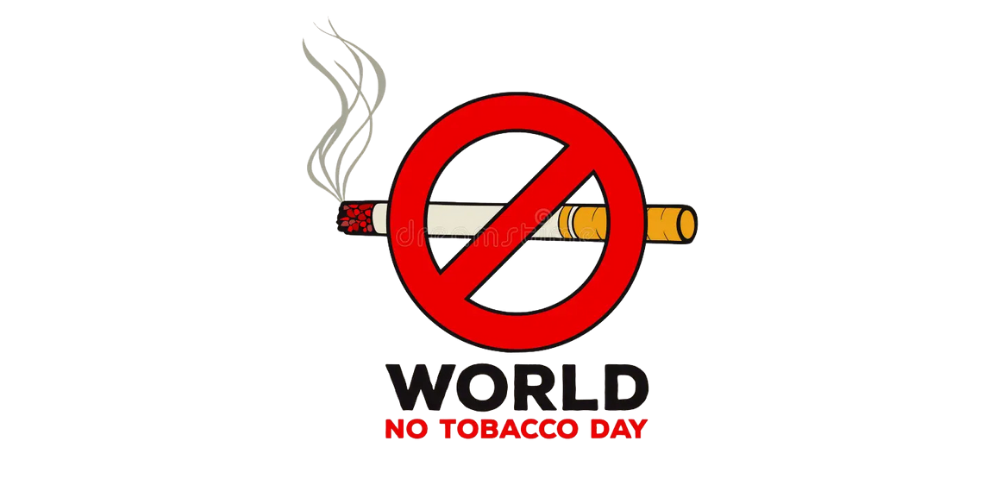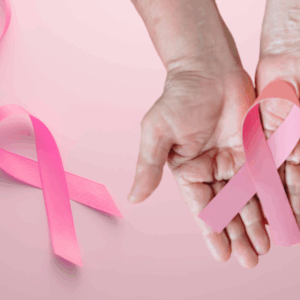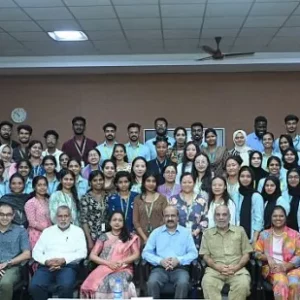On May 31, 2025, World No Tobacco Day, themed “Unmasking the Appeal: Exposing Industry Tactics on Tobacco and Nicotine Products” by the World Health Organization (WHO), underscores the urgent need to counter tobacco industry strategies. India, the world’s second-largest tobacco consumer with approximately 267 million adult users, faces significant public health challenges, with tobacco-related diseases contributing to 1.35 million deaths annually. As a public health professional with over four years of experience in tobacco cessation and health promotion, I have engaged in community-based interventions and policy advocacy to address this crisis. This article outlines India’s 2025 tobacco control objectives and proposes evidence-based strategies to achieve them.
India’s 2025 Tobacco Control Objectives
India has achieved a notable reduction in tobacco smoking prevalence, from 29% in 2000 to an estimated 6% in 2025, driven by robust policies aligned with the WHO Framework Convention on Tobacco Control (FCTC). The following objectives underpin India’s 2025 tobacco control strategy:
- Strengthened Regulatory Frameworks: The Prohibition of Electronic Cigarettes Act, 2019, bans e-cigarettes and similar devices. In 2025, India will enhance enforcement and extend restrictions to flavoured tobacco products, which disproportionately attract youth. This aligns with global efforts to curb industry tactics targeting younger demographics.
- Optimized Taxation Policies: Tobacco taxation is a proven deterrent, with bidis demonstrating higher price elasticity (0.9) than cigarettes (0.4). India aims to standardize taxation across all tobacco products, including smokeless variants like khaini and gutkha, to reduce affordability, particularly among low-income groups.
- Expanded Smoke-Free Environments: The Cigarettes and Other Tobacco Products Act (COTPA), 2003, mandates smoke-free public spaces. In 2025, India will strengthen enforcement in urban and rural settings to reduce second-hand smoke exposure, which claims 1.3 million lives annually.
- Scaled-Up Cessation Services: My experience in the UK, where I delivered behavioural therapies and nicotine replacement programs, highlights the value of accessible cessation support. India is expanding quit-smoking clinics within primary healthcare systems, integrating evidence-based interventions like motivational interviewing and cognitive behavioral therapy (CBT). The National Tobacco Quitline (1800-11-2356) will be bolstered to enhance reach.
- Youth Protection from Industry Influence: The 2025 WHO theme highlights the need to shield adolescents from tobacco industry marketing, including social media campaigns and appealing packaging. India is implementing school-based education programs and stricter advertising regulations, building on initiatives like those I led in rural India to promote anti-tobacco awareness.
Insights from Professional Experience
My work in India as a Dentist and Public Health Campaigner involved leading oral health and anti-tobacco initiatives in underserved rural communities. Collaborating with local organizations, I delivered screening programs and education campaigns in regional languages (Hindi, Telugu, Kannada, Tamil), addressing the link between tobacco use and oral cancers, which contribute significantly to India’s 2.5 million annual cancer deaths. These efforts highlight the importance of culturally tailored interventions to maximize impact.
In the UK, I gained firsthand experience as a Smoking Cessation Advisor, delivering behavioural therapy and nicotine replacement support, including tailored support under structured programs. This role involved optimizing client engagement through strategies like telehealth and maintaining detailed performance metrics, which informed my understanding of effective cessation frameworks. These experiences underscore the need for India to invest in training healthcare professionals in evidence-based techniques, such as motivational interviewing and trauma-informed care, to address tobacco addiction effectively. The economic burden of tobacco-related illnesses—estimated at INR 177,341 crore (USD 27.5 billion) in 2017-18—further emphasizes the urgency of scaling up such interventions.
Recommendations for Stakeholders
To advance India’s tobacco control agenda, stakeholders must prioritize the following actions:
- Enforce Robust Policies: Implement stricter advertising bans, plain packaging, and higher taxes to deter tobacco use, particularly among youth.
- Enhance Community Engagement: Expand outreach in rural areas, leveraging local languages and community leaders to promote tobacco-free norms.
- Strengthen Cessation Infrastructure: Increase access to Quitline’s, counselling, and nicotine replacement therapies within primary healthcare settings.
- Prioritize Youth Education: Integrate anti-tobacco curricula in schools to counter industry marketing and foster early prevention.
Conclusion
India’s commitment to reducing tobacco use, evidenced by its declining smoking prevalence and comprehensive policies, positions it as a leader in global tobacco control. World No Tobacco Day 2025 offers an opportunity to reaffirm this commitment by addressing industry tactics and scaling up evidence-based interventions. By fostering collaboration among policymakers, healthcare providers, and communities, India can achieve a tobacco-free future, ensuring healthier lives for all its citizens.
Dr. Bala Bhargav Parvatham is a public health professional specialising in tobacco cessation and health promotion, based in London, UK.
Sources: WHO, Global Adult Tobacco Survey India 2016-17, Ministry of Health and Family Welfare, India





